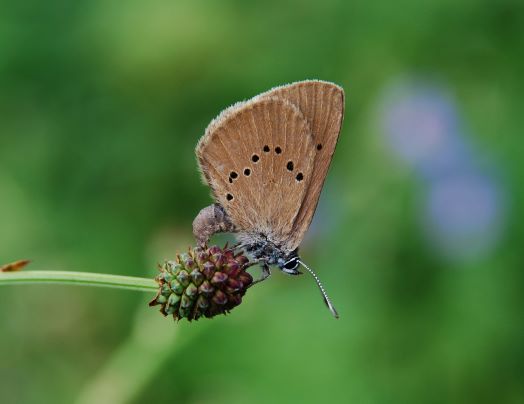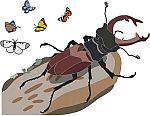Blue Butterfly - LIFE for insects
Blue Butterfly
Target Species
Large blue, dusky large blue, and scarce large blue (Maculinea arion, M. nausithous, and M. teleius)
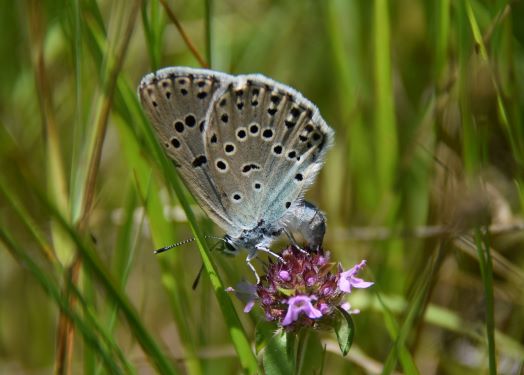
The project is also focused on three types of blue butterfly which have a complex development cycle and are tied to meadows and pastures in our landscape. The first species is the large blue, our largest blue butterfly. Part of the White Carpathians and Beskydy, especially in the Valašsko region, are one of the last places where relatively viable and stable populations occur. Butterfly caterpillars live mainly on thyme and oregano. Then they descend to the ground, where they are found by workers ants of the Myrmica genus, who take them to their nest in the ground and take care of them. However, the caterpillars are not as innocent as they might seem, as they feed on ant larvae. Large blue lives on dry, south-facing extensive pastures with a disrupted sward.
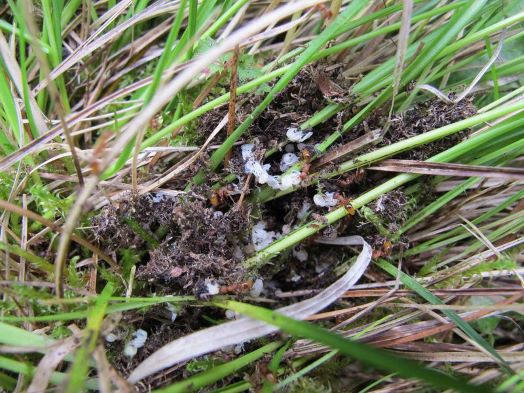 The sheep that graze here avoid thyme, which they do not like. Ants also like such pastures. The butterfly needs more areas with ants and thyme to survive in the landscape. It is proven that some of the populations become extinct here and there, either due to disease or bad weather, and it is necessary that there are more such small micro populations nearby. But in time, butterflies from a neighbouring population can re-colonize a pasture abandoned for a short time. The complex development cycle, decline in grazing, and encroachment of shrubs onto pastures have brought this species to the brink of extinction. The change in management and the decline of this species is closely related to the disappearance of traditional farmers, which we can still encounter in the Valašsko region.
The sheep that graze here avoid thyme, which they do not like. Ants also like such pastures. The butterfly needs more areas with ants and thyme to survive in the landscape. It is proven that some of the populations become extinct here and there, either due to disease or bad weather, and it is necessary that there are more such small micro populations nearby. But in time, butterflies from a neighbouring population can re-colonize a pasture abandoned for a short time. The complex development cycle, decline in grazing, and encroachment of shrubs onto pastures have brought this species to the brink of extinction. The change in management and the decline of this species is closely related to the disappearance of traditional farmers, which we can still encounter in the Valašsko region.
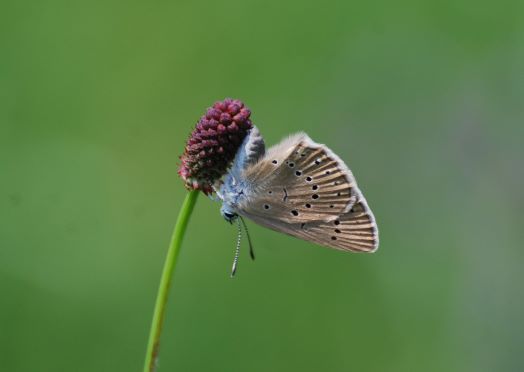
The other two target butterfly species, which are also dependent on Myrmica ants, have a similar development cycle. They are dusky large blue and scarce large blue. Unlike the previous species, they need great burnet for the development of caterpillars, which grows on wet meadows. The causes of the loss of these butterflies are also known: the wet meadow habitats with its rare inhabitants suffered as a result of improvement of the landscape and drainage of wetlands.
